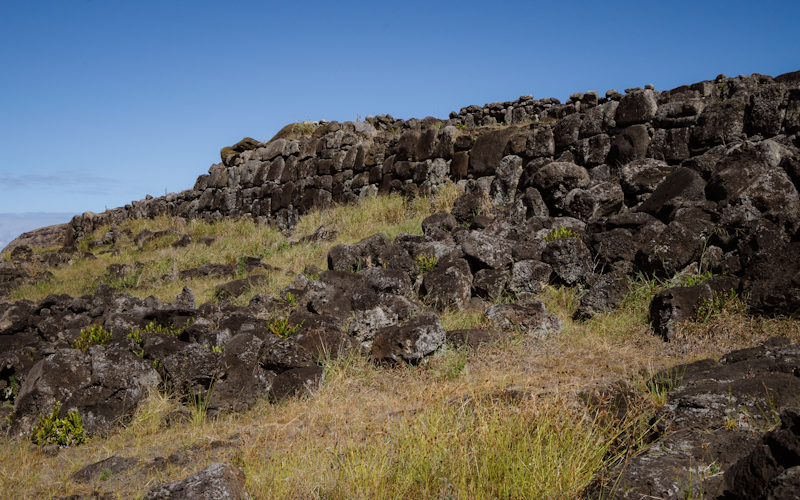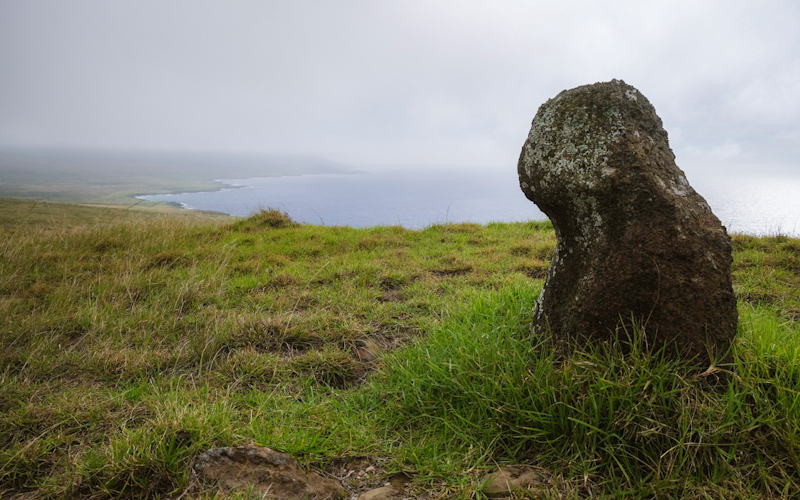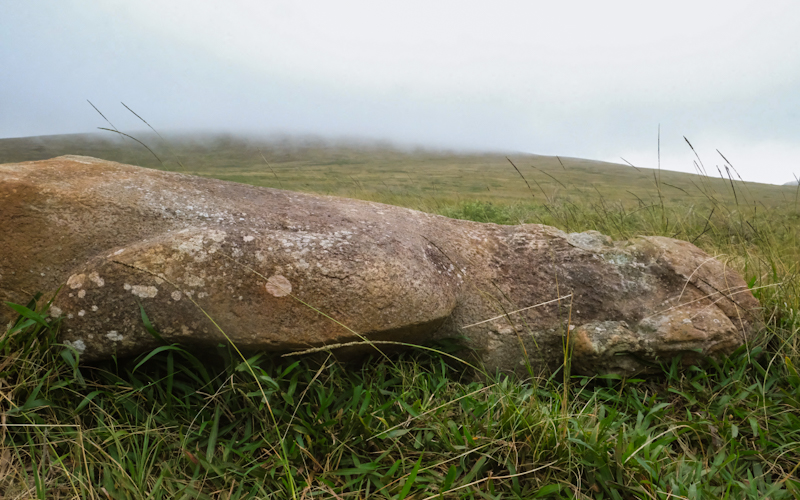Hotel pick up & drop off
Private transportation
Private tour guide (Bilingual Spanish/English)
Bottled water
PÅike, the oldest volcano on Rapa Nui, is not only known for its geological significance but also for its cultural and archaeological heritage. The volcano is surrounded by numerous caves, including the famous Ana o Keke cave, which is located on the southeastern flank of PÅike. In addition to the caves, PÅike is home to several ahus, which are ceremonial platforms constructed by the Rapa Nui people and are thought to have served as platforms for the placement of the iconic Moai statues. The Moai statues found on PÅike are unique in that they are carved from different volcanic rock and exhibit varying styles and characteristics compared to those found in other parts of the island.
Exploring PÅike offers a glimpse into the ancient culture and history of Easter Island, with its ancient caves, ceremonial platforms, captivating petroglyphs, and well-preserved Moai sculptures. The combination of natural beauty, archaeological sites, and cultural significance makes PÅike a must-visit destination for those interested in the rich heritage of Rapa Nui.
- Ahu Mahatua
- Maunga Parehe
- Ahu Kiri Reva
- Papa u'i hetu'u
- Ana o Keke
- Ahu Moai Tea Tea
- Pua Katiki
- Ma'unga Vai a Heva
AHU MAHATUA
Rapa Nui, Chile
Ahu Mahatua is a significant ceremonial center once dedicated to cremation and burial rites. As we walk along PÅike's steep coast, the three distinct mounds of Ma'unga Parehe (broken hill), Ma'unga Tea Tea (white hill), and Ma'unga Vai a Heva (magic water hill) stand high above.
MAUNGA PAREHE
Rapa Nui, Chile
Maunga Parehe is one of the three distinct mounds of Poike and a hill steeped in Rapa Nui myths. At its summit, we'll encounter a small lapili tuff moai, and explore the fascinating tales of ure a oho vehi and the aku aku spirits.
AHU KIRI REVA
Rapa Nui, Chile
Ahu Kiri Reva features three distinct construction stages and a remarkable Moai face unearthed during archaeological excavations in 2006 by Nicolas Cauwe.
PAPA U'I HETU'U
Rapa Nui, Chile
Papa u'i hetu'u ("the flat lava flow from which the stars were observed"), is an ancient stargazing site adorned with petroglyphs believed to represent Ma'ea Matariki (Pleiades) according to oral tradition.
ANA O KEKE
Rapa Nui, Chile
Ana o Keke, also known as the "cave of the virgins", is steeped in history and mysticism. The petroglyphs of Ana O Keke are unique and one of the highlights of this tour. They form a carefully thought-out composition, with some motifs being exclusive to this site. The petroglyphs cover the inner surface of the lava tube depicting both realistic images of plants, birds, fishes, and outrigger canoes, as well as abstract geometric forms.
AHU MOAI TEA TEA
Rapa Nui, Chile
Ahu Moai Tea Tea is home to a collection of approximately a dozen well-preserved, demolished Moai sculpted from trachyte, offering a unique glimpse into Rapa Nui's ancient past.
PUA KATIKI
Rapa Nui, Chile
Pua Katiki is the highest point on the Poike Peninsula and the oldest volcano in Rapa Nui. Here, you'll be treated to an incredible panoramic view of both the south and north coastlines of the island.
MA'UNGA VAI A HEVA
Rapa Nui, Chile
Maunga Vai a Heva is a hill with a rich archaeological history. Here, you will find a moai nestled within a small cave. The hill gets its name from a large 3-meter head carved into the rock, featuring prominent eyes and a broad nose, with a natural cavity below representing a mouth, possibly used to collect rainwater.
Stops
8
Duration
Full Day
Group size
4
Difficulty
Hard













